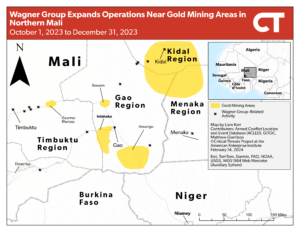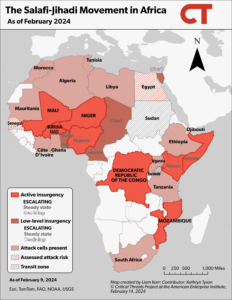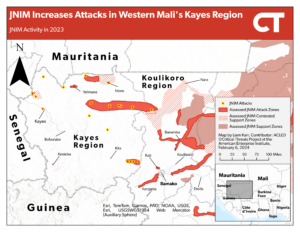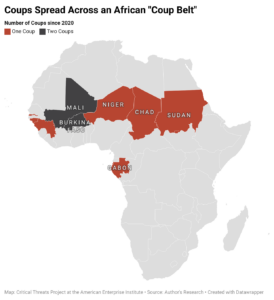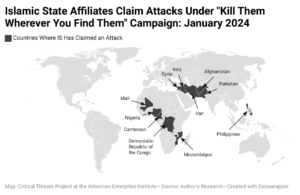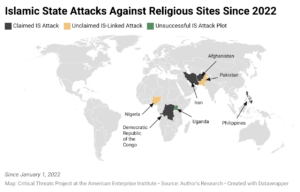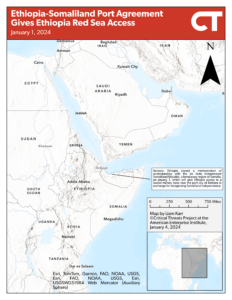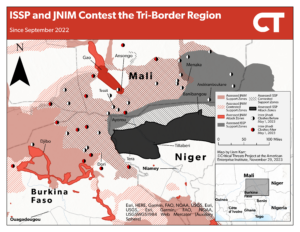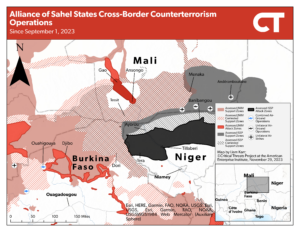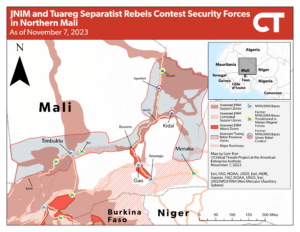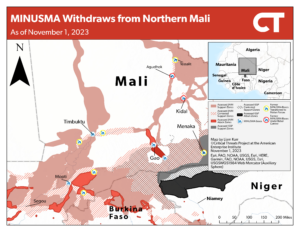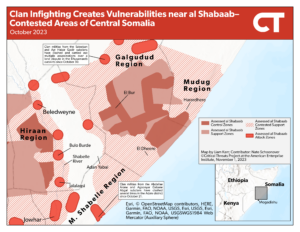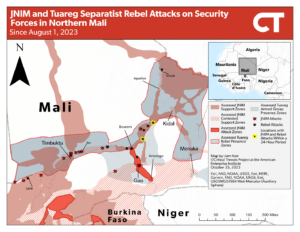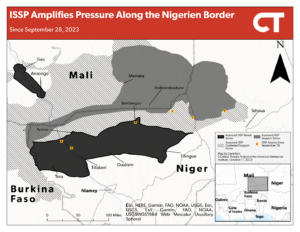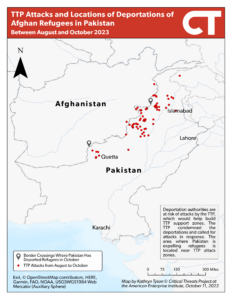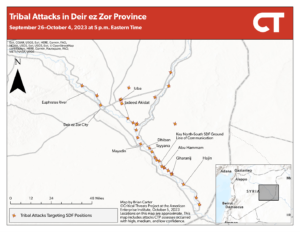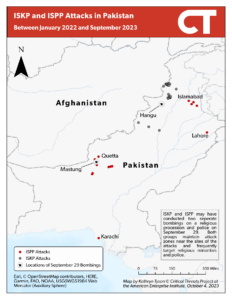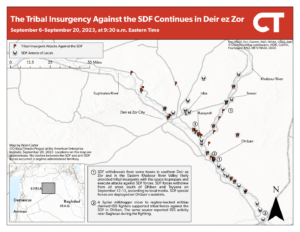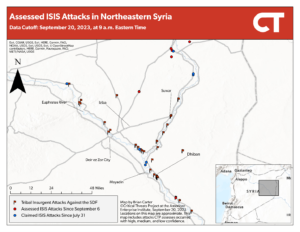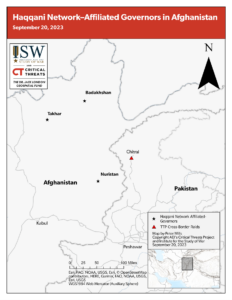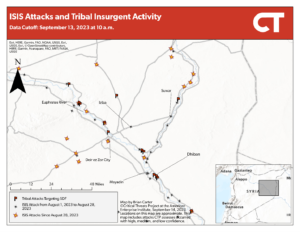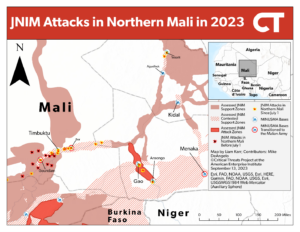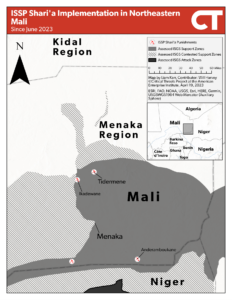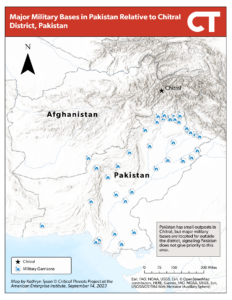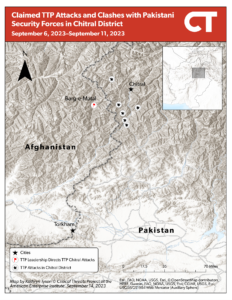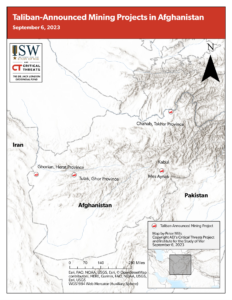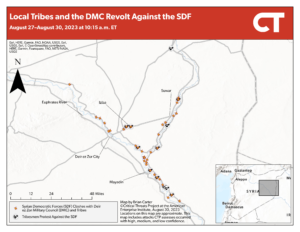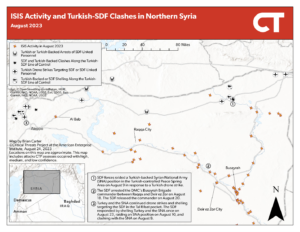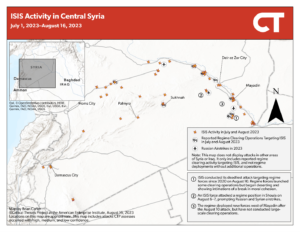Salafi Jihadi Weekly Update (2023–Feb 15, 2024)

Salafi Jihadi Weekly Update (2023–Feb 15, 2024)
Research
MIDDLE EAST
ISIS
The Salafi-Jihadi Movement in Africa as of February 2024
MIDDLE EAST
RUSSIA IN AFRICA
Jnim Increases Attacks in Western Mali’s Kayes Region
MIDDLE EAST
RUSSIA IN AFRICA
Coups Spread Across An African ‘coup Belt’
MIDDLE EAST
ISIS
Islamic State Attacks Against Religious Sites Since 2022
MIDDLE EAST
ISIS
Issp and JNIM Contest the Tri-border Region Since September 2022
MIDDLE EAST
ISIS
Minusma Withdraws from Northern Mali as of November 1, 2023
MIDDLE EAST
AFGHANISTANIRAQISISSYRIA
Tribal Attacks in Deir Ez Zor Province September 26–october 4, 2023 at 5 P.m. Eastern Time
MIDDLE EAST
AFGHANISTANIRAQISISSYRIA
Iskp and ISPP Attacks in Pakistan Between January 2022 and September 2023
MIDDLE EAST
AFGHANISTAN
Haqqani Network–affiliated Governors in Afghanistan September 20, 2023
MIDDLE EAST
AFGHANISTANIRAQISISSYRIA
Isis Attacks and Tribal Insurgent Activity Data Cutoff: September 13, 2023 at 10 A.m.
MIDDLE EAST
AFGHANISTANIRAQISISSYRIA
Jnim Attacks in Northern Mali in 2023
MIDDLE EAST
AFGHANISTANIRAQISISSYRIA
Issp Shari’a Implementation in Northeastern Mali Since June 2023
MIDDLE EAST
AFGHANISTANIRAQISISSYRIA
Major Military Bases in Pakistan Relative To Chitral District, Pakistan
MIDDLE EAST
AFGHANISTANIRAQISISSYRIA
Claimed TTP Attacks and Clashes With Pakistani Security Forces in Chitral District September 6, 2023–september 11, 2023
MIDDLE EAST
AFGHANISTAN
Taliban-announced Mining Projects in Afghanistan September 6, 2023
MIDDLE EAST
AFGHANISTANIRAQISISSYRIA
Local Tribes and the Dmc Revolt Against the SDF August 27–august 30, 2023 at 10:15 A.m. ET
MIDDLE EAST
AFGHANISTANIRAQISISSYRIA
Isis Activity and Turkish-sdf Clashes in Northern Syria August 2023
MIDDLE EAST
ISIS
Isis Activity in Central Syria July 1, 2023–august 16, 2023
Middle East
ISIS
The Salafi-Jihadi Movement in Africa as of February 2024
Middle East
Russia in Africa
Jnim Increases Attacks in Western Mali’s Kayes Region
Middle East
Russia in Africa
